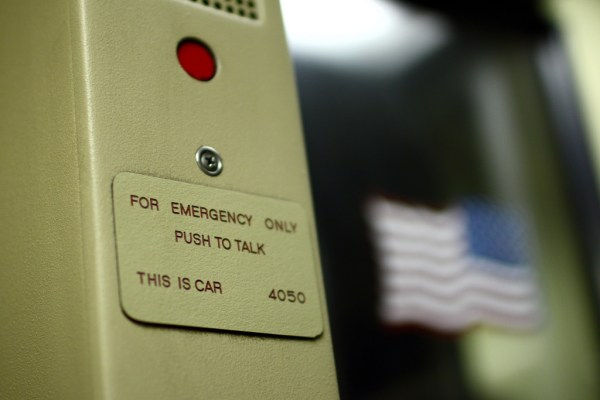A new patent application by Apple just published by the USPTO (via AppleInsider) adds a feature to an iPhone that may not be as cool as an optical heart rate sensor, but could be just as (or more) life-saving: the new tech would use data from onboard sensor to automatically detect when a user is subject to physical attack, including car crashes and violent personal altercations, as well as sudden medical emergencies.
Once the iPhone uses information from those sensors, which include contact detection to determine if someone is suddenly separated from their device in the middle of an interaction, or if a user doesn’t move for an extended period of time in unusual circumstances. It could also draw from cues including a device being dropped, headphones being detached, or even auditory cues like a loud noise being picked up by the mic. The patent also describes one version which would use an existing hardware button on the device as a so-called “dead man’s switch,” so that when triggered, if your finger was removed from, say, the volume up button, it would trigger the emergency response mode.
Said mode would begin a cycle than includes first a warning system designed to counter accidental triggering. During this time, an alarm might be displayed or signaled via auditory alert, and a user can either replace their finger on the device or enter some kind of code to avoid further action. If it isn’t disabled in time, the phone will move on to placing emergency calls to preset numbers, play back automated messages to the services it contacts, and transmits GPS data to emergency response contacts, too.
The system is quite sophisticated, and offers variants that work for high-speed collision detection for use in automobile accidents, as well as modes that require a user interact with the phone at regular intervals to avoid triggering the emergency mode. This last version is especially handy if the iPhone or iOS device is being used by someone with a chronic medical condition that requires regular monitoring, or in the case of aging users, particularly in assisted living communities where dedicated devices can often serve a similar purpose.
Apple isn’t the only one thinking about how personal devices might be used to improve user safety and security, and to help in emergency situations. Toronto-based startup Guardly has created a system for location-based on-campus and enterprise security monitoring and communication, for instance, and the Lifesaver Case project just launched its crowdfunding campaign earlier this week to build similar functionality to that described in the patent into an iPhone case. Getting the mix right so that accidental triggering is a minimum is the biggest challenge for OEMs building this stuff directly into its products, but Apple seems to have a lot of ideas about how it might be able to do that, so this definitely could be a tech to watch for in future iOS gadgets.
Photo courtesy flickr user Mr.TinDC
